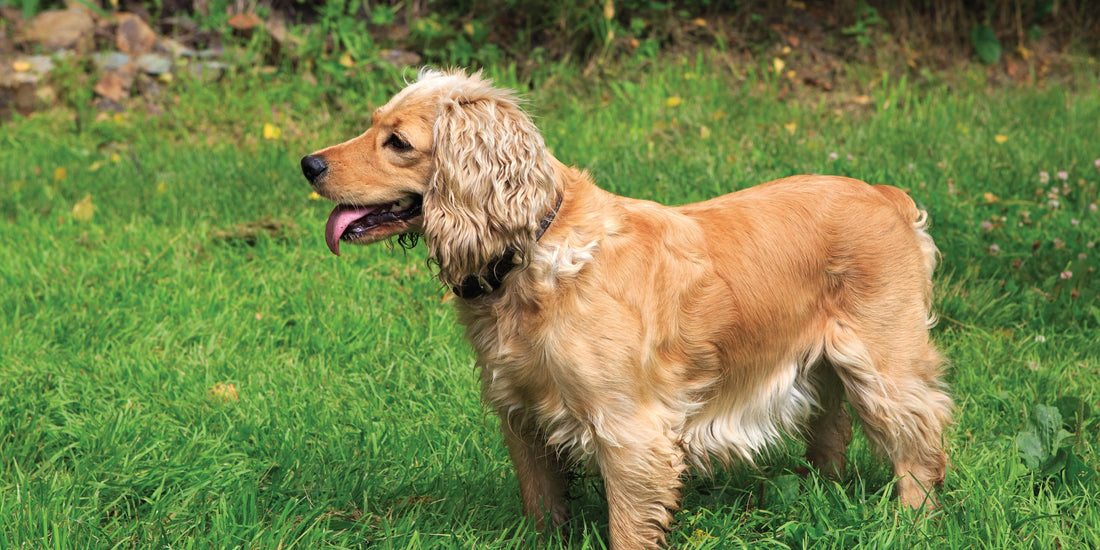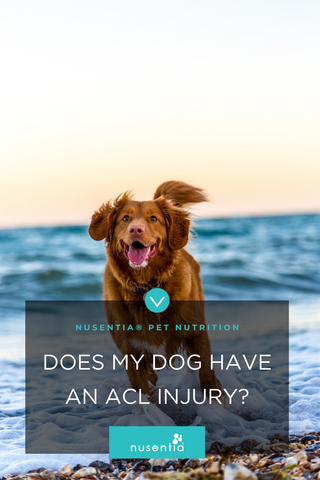ACL (Anterior Cruciate Ligament) injuries are not just a concern for athletes but also a prevalent issue among dogs, affecting their mobility and overall quality of life. Understanding the signs and causes of ACL injuries in dogs is crucial for pet owners to ensure timely and appropriate care.
Understanding ACL Injuries in Dogs
ACL injuries in dogs are among the most common orthopedic issues encountered, with various factors contributing to the risk, including breed predispositions, age, and obesity. Recognizing the symptoms early on, such as lameness, difficulty bearing weight on the affected leg, and swelling around the knee, can lead to faster intervention and improved outcomes.
Symptoms and how to identify an ACL injury
There can be a range of severity with ACL injuries in dogs and thus a correlated range of symptoms:
- Lameness
- Inability to bear weight on the injured leg
- Swelling near the knee of the injured leg
Breeds at Higher Risk of ACL Injuries
Certain dog breeds are more susceptible to ACL injuries. These include German Shepherds, Rottweilers, Golden Retrievers, Labrador Retrievers, Poodles, and Bichon Frises. Awareness of this predisposition can help owners of these breeds take preventative measures to protect their pets.
Contributing Factors
Factors like obesity and sporadic, intense exercise can increase the likelihood of ACL injuries in dogs. Maintaining a healthy weight and consistent, moderate exercise regimen can help mitigate these risks.
Treatment Options for Dogs with ACL Injuries
Treatment for ACL injuries in dogs varies depending on the severity of the injury and the size of the dog. While some cases, especially in smaller dogs, may improve with conservative management, others, particularly in medium to large breeds, may require surgical intervention to prevent further complications such as decreased range of motion and arthritis.
For pet owners seeking to support their dog's recovery from an ACL injury or to enhance their overall health, Nusentia offers a range of natural, vet-recommended supplements, like Celavin™ (a high omega-3 fish oil) and Spectrin™ (soft chew vitamins with joint support) that can contribute to joint health in adult dogs. Trusted by veterinarians and pet parents alike since 2008, Nusentia's products are formulated to address a variety of health needs, promoting a happier, healthier life for your furry friend.
For natural, trusted pet health supplements with proven formulas to improve your furry friend's overall health, visit Nusentia, a brand trusted by veterinarians and pet parents alike since 2008.




